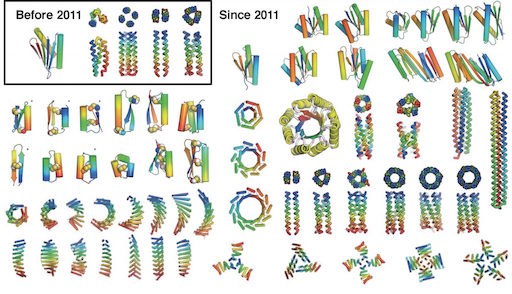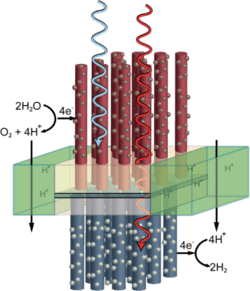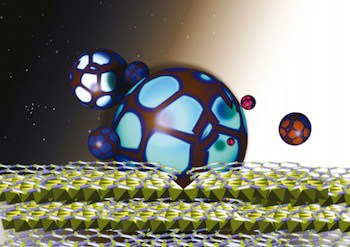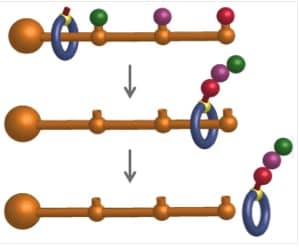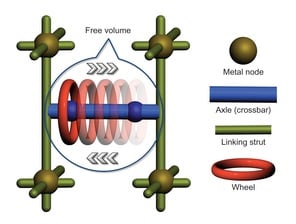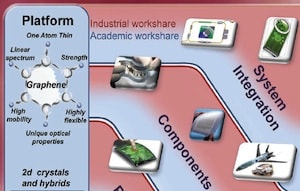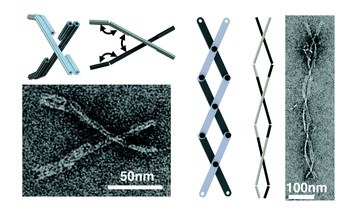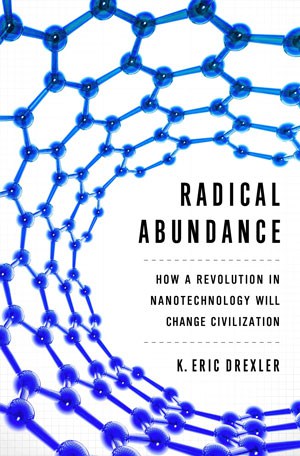A review from the group leading recent rapid progress in de novo protein design describes the successes, identifies the remaining challenges, and heralds the advance “from the Stone Age to the Iron Age” in protein design.
From de novo protein design to molecular machine systems
